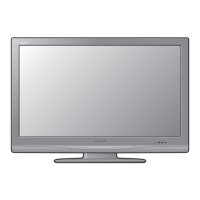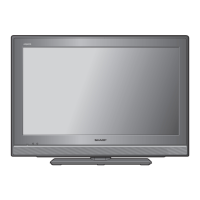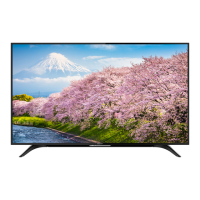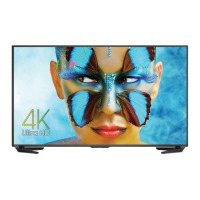You can connect the TV to a USB memory device, USB hard drive or Home Network server to
enjoy viewing pictures, listening to music, and watching videos.
• Depending on the USB memory device/USB hard drive/Home Network server, the TV may not
be able to recognize the recorded data.
• It may take time to read the recorded data if the USB memory device/USB hard drive/Home
Network server contains many files or folders.
• Use only alphanumeric characters for naming files.
• File names over 80 characters (may vary depending on character set) may not be displayed.
Insert the USB memory device with recorded photos, music or videos into the USB 1 or USB 2
terminal on the TV.
• If USB memory devices are inserted into both terminals, the USB 1 terminal has priority.
• Do not use a USB extension cable when connecting a USB memory device to the USB
terminal on the TV.
• Using a USB extension cable with the USB memory device may prevent the TV from
performing correctly.
Connect the TV to the Home Network server using an ETHERNET cable.
• You can also connect a Home Network server by using a wireless LAN.
• Do not disconnect a Home Network server from the TV while transferring files, when a screen is
switching to another or before you exit "Home Network" from the INPUT list.
• Do not connect and disconnect a Home Network server from the TV repeatedly.
• When connecting a USB hard drive, be sure to use a hard drive with an AC adapter.
• Do not remove a USB memory device or memory card from the TV while transferring files, using
the slide show function, or switching screens, or before you exit "USB" from the INPUT list.
• Do not insert and remove a USB memory device/USB hard drive to and from the TV repeatedly.
• When using a card reader, be sure to insert a USB memory device first.
ENG 6-1
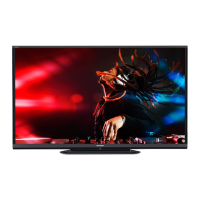
